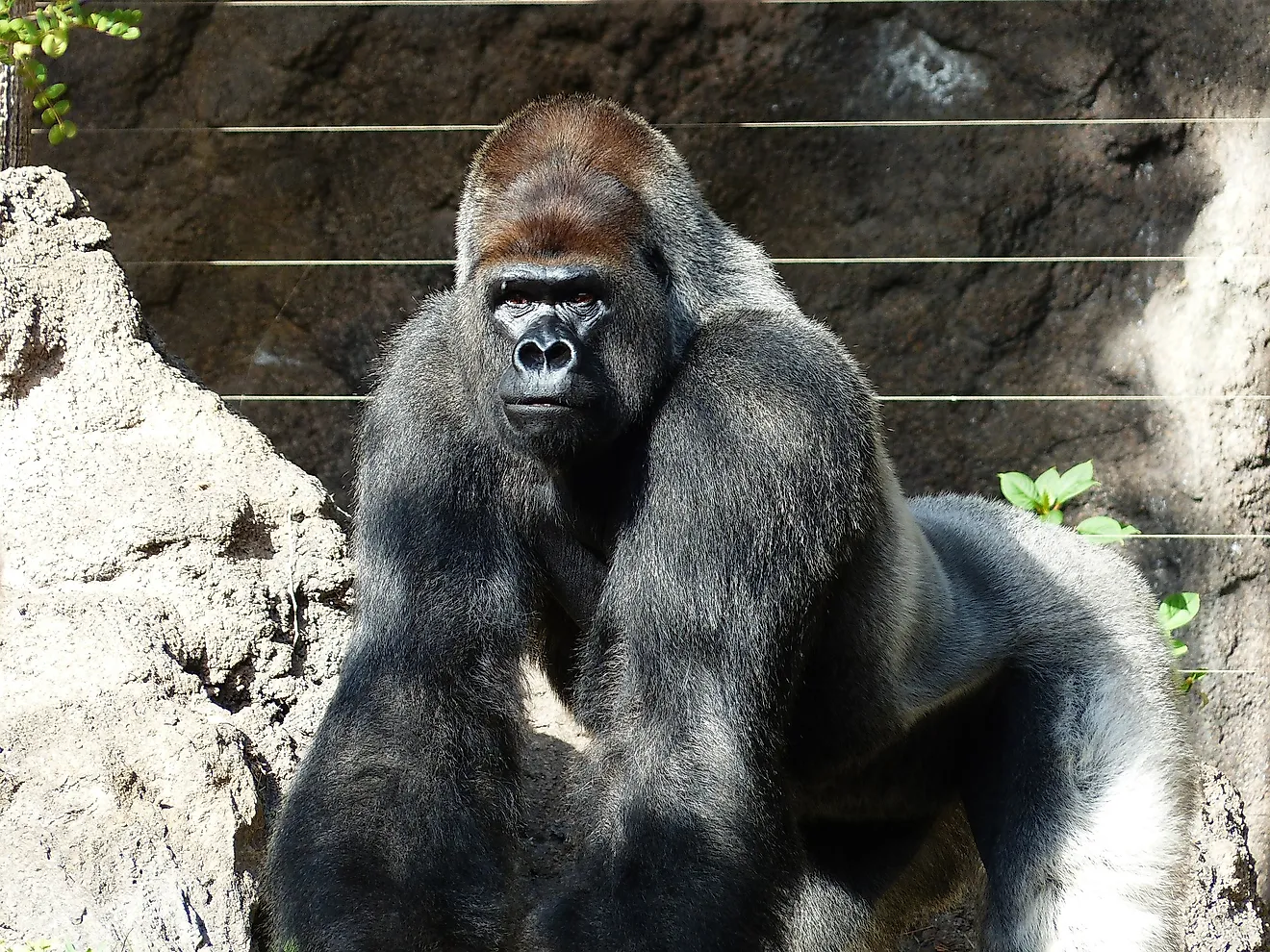Is The Mountain Gorilla Population Actually Growing?

- The mountain gorilla has been considered endangered since 2018, with the number of living individuals being around 1,000.
- Their numbers have been increasing over the past forty years, jumping from 400 to 1,069 altogether.
- Mountain gorillas can be individually recognized by their unique nose prints.
The mountain gorilla has been considered endangered by the International Union for Conservation of Nature (IUCN) since 2018. Despite this, their numbers have been steadily increasing over the past 40 years. Forty years ago, the population of mountain gorillas in the Virunga Mountains was listed as only 240 individuals. Still, according to new reports, the number has grown to 1,069, which is excellent news.
The population living in Uganda has increased from 400 in 2011 to 459 in 2018. The mountain gorilla is one of the two known subspecies of the eastern gorilla, currently living in two habitats.
What Are The Mountain Gorillas
Mountain gorillas are descendants of apes and monkeys that could be found in Arabia and Africa during the Oligocene epoch 30 million years ago. They evolved into gorillas 9 million years ago. Mountain gorillas have longer and thicker fur which separates them from other gorilla species, making it easier for them to survive cold temperatures.
Every individual can be recognized by the specific nose print, which is unique for each gorilla. Males are usually larger than females; on average, they can grow up to 59 inches in height and weigh 430 lb. The females have an average height of 51 inches and a weight of 220 lb. However, they can grow much larger than this.
They share the same dark brown eyes with other species of gorillas. Mountain gorillas live mostly on land and use four limbs to move around. They can climb trees and run on two feet, but rarely do so. They are herbivores, mostly eating leaves, stems, and shoots of various plant species. They consume large amounts of vegetation in a day, with male mountain gorillas being able to eat up to 75 lb of food daily.
The Population Is Growing
After being considered extremely endangered for decades, the mountain gorillas are slowly but surely continuing their recovery. Gorillas living in the mountains between the Democratic Republic of Congo and Uganda have increased in numbers from 400 to 459 in the past seven years. This means that the total population of these great apes is now reported to be 1,69 gorillas.
The mountain gorillas populate two habitats. One group can be found in the Virunga Mountains and the other on the border of Uganda, an area called the Bwindi-Sarambwe ecosystem. The Virunga Mountains population of this subspecies of gorillas was just 240 in the 1980s. Their numbers were decimated after decades of hunting, disease, and general habitat loss.
With a lot of effort, monitoring, and conservation; however, their numbers have begun growing steadily. This positive change made the IUCN change the status of mountain gorillas from “critically endangered” to “endangered.” The Virunga Mountains population holds about 600 individual gorillas, while the other habitat in Uganda holds 459.
The Effort Of Conservation
Researchers believe that this growth in numbers is a cause for celebration, but should also serve as a call for the government and various specialists to continue collaborating in their efforts to attempt to save as many endangered species as possible. This feat is considered especially impressive, seeing as how many threats the mountain gorillas face constantly. Some of those include poaching, disease transmission, civil unrest, and habitat encroachment. This trend of population growth will be difficult to sustain in the long run, which requires cooperation from various establishments. Mountain gorillas are still considered to be dependent on conservation, which means that it would be dangerous just to let them live completely free and without observation.











